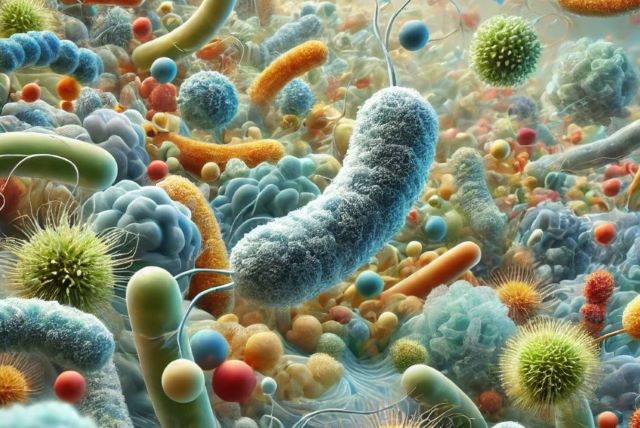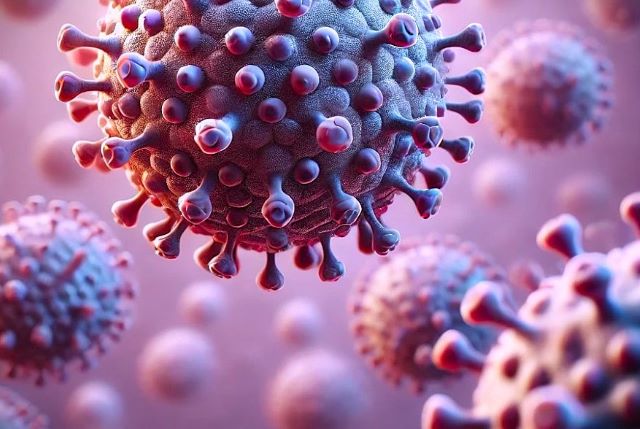Is Your Food Safe? Why Local Products Are the Better Choice

Globalization has changed the world, promising to improve people’s lives and benefit all countries. The idea was that each nation would focus on its greatest potential. For example, the U.S. would develop technology, Canada would extract resources, and China would provide labor. Free trade allowed companies to sell goods worldwide without restrictions, and large corporations found ways to move production to countries with cheap labor. This significantly reduced costs and increased profits. Mass production made goods cheaper, flooding markets with inexpensive products — including food.









